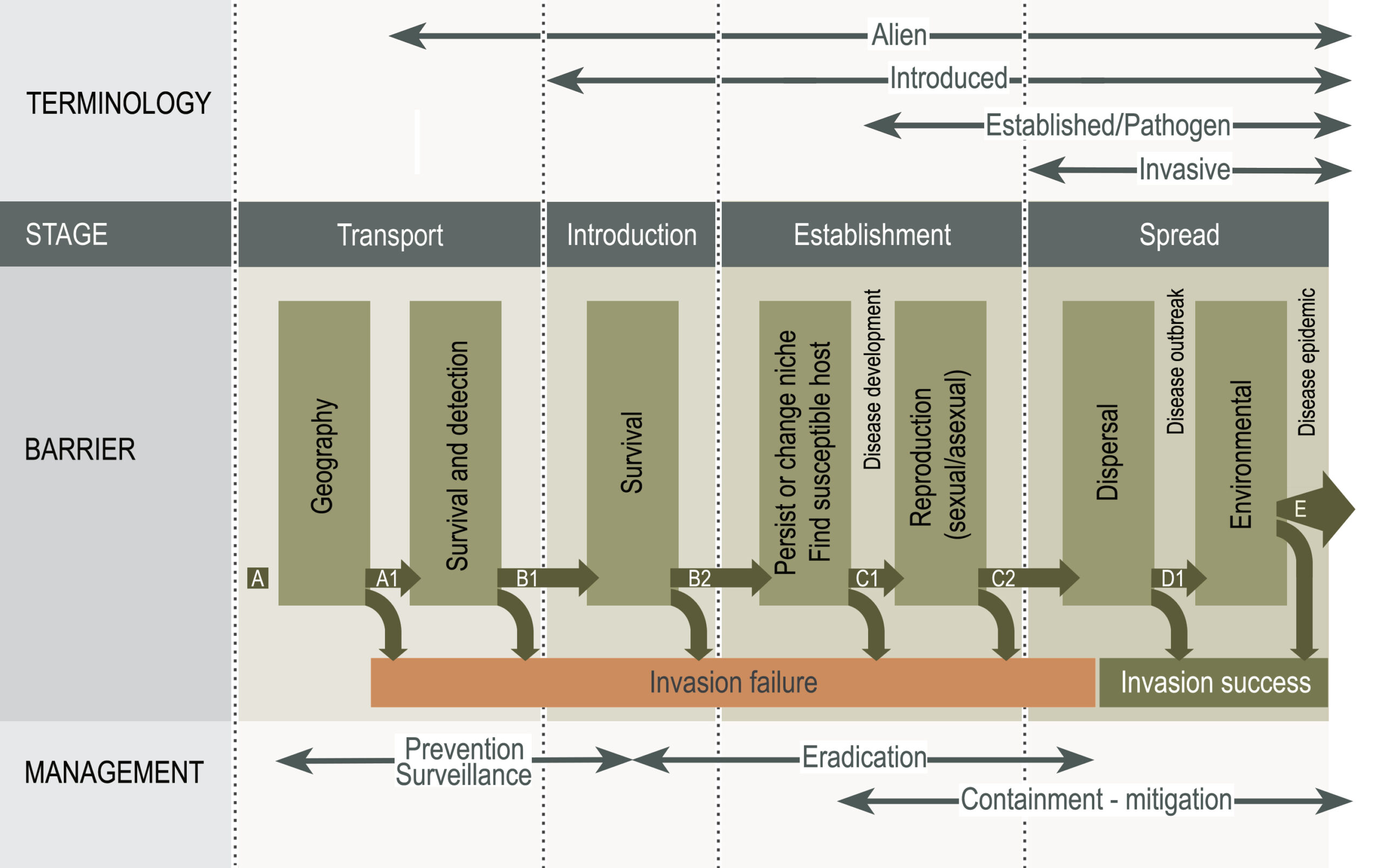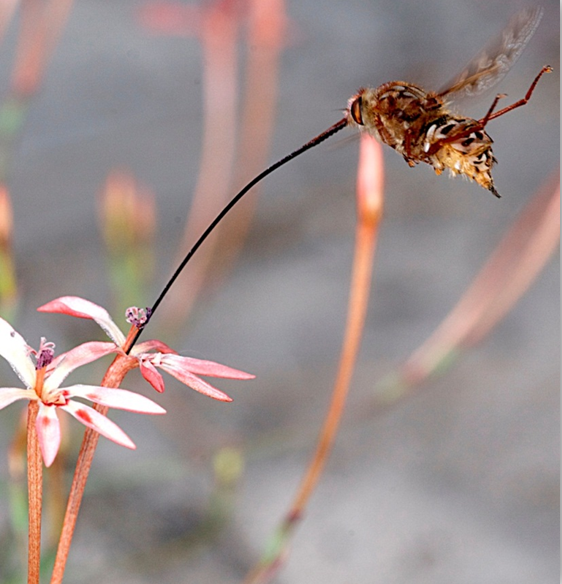Towards a framework for conceptualizing and managing invasive forest pathogens
A recent study published in Current Forestry Reports and co-authored by C∙I∙B Core Team members had a closer look at the challenges scientists face when studying microorganisms as invasive species.
Comments Off on Towards a framework for conceptualizing and managing invasive forest pathogens
23 February 2022


